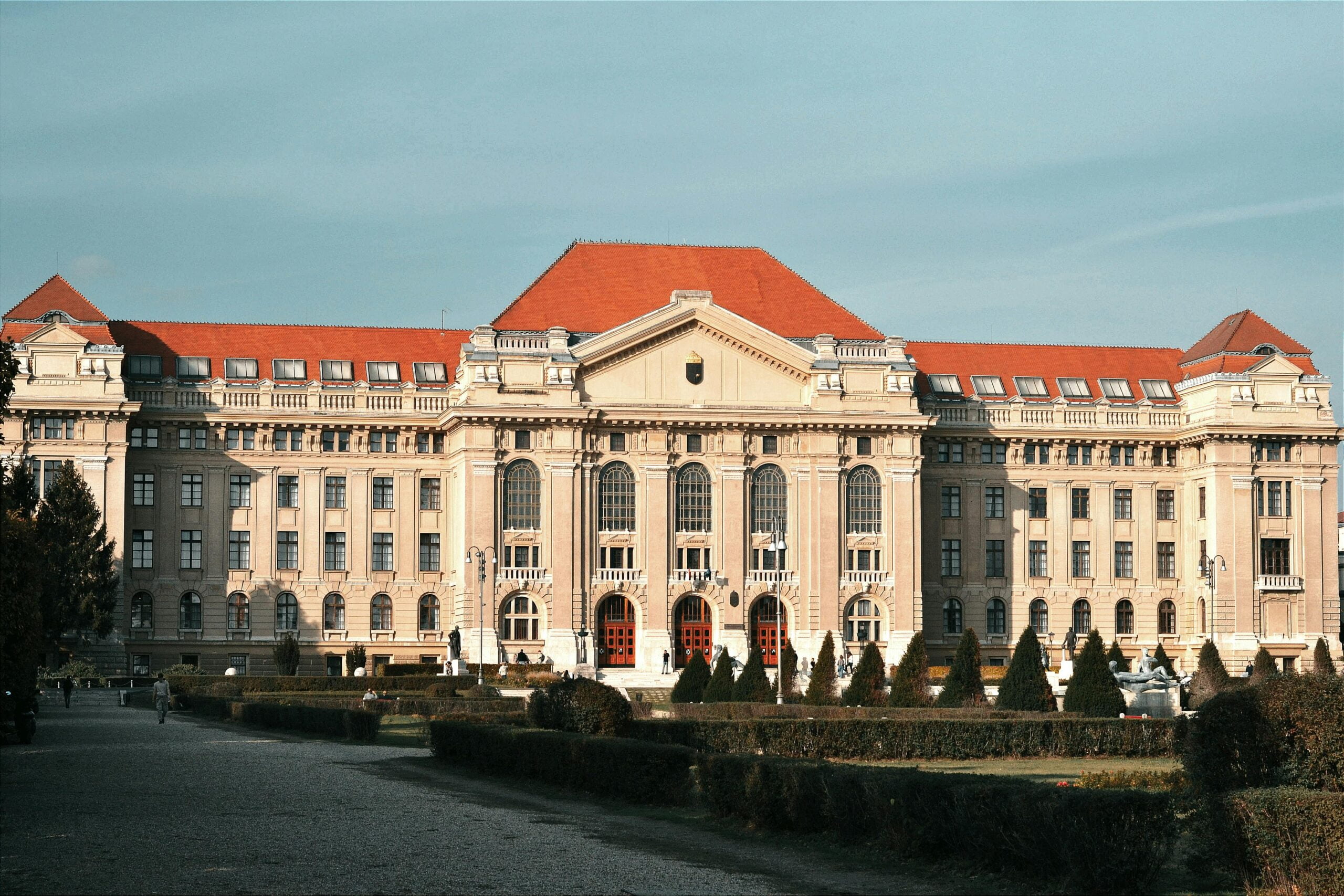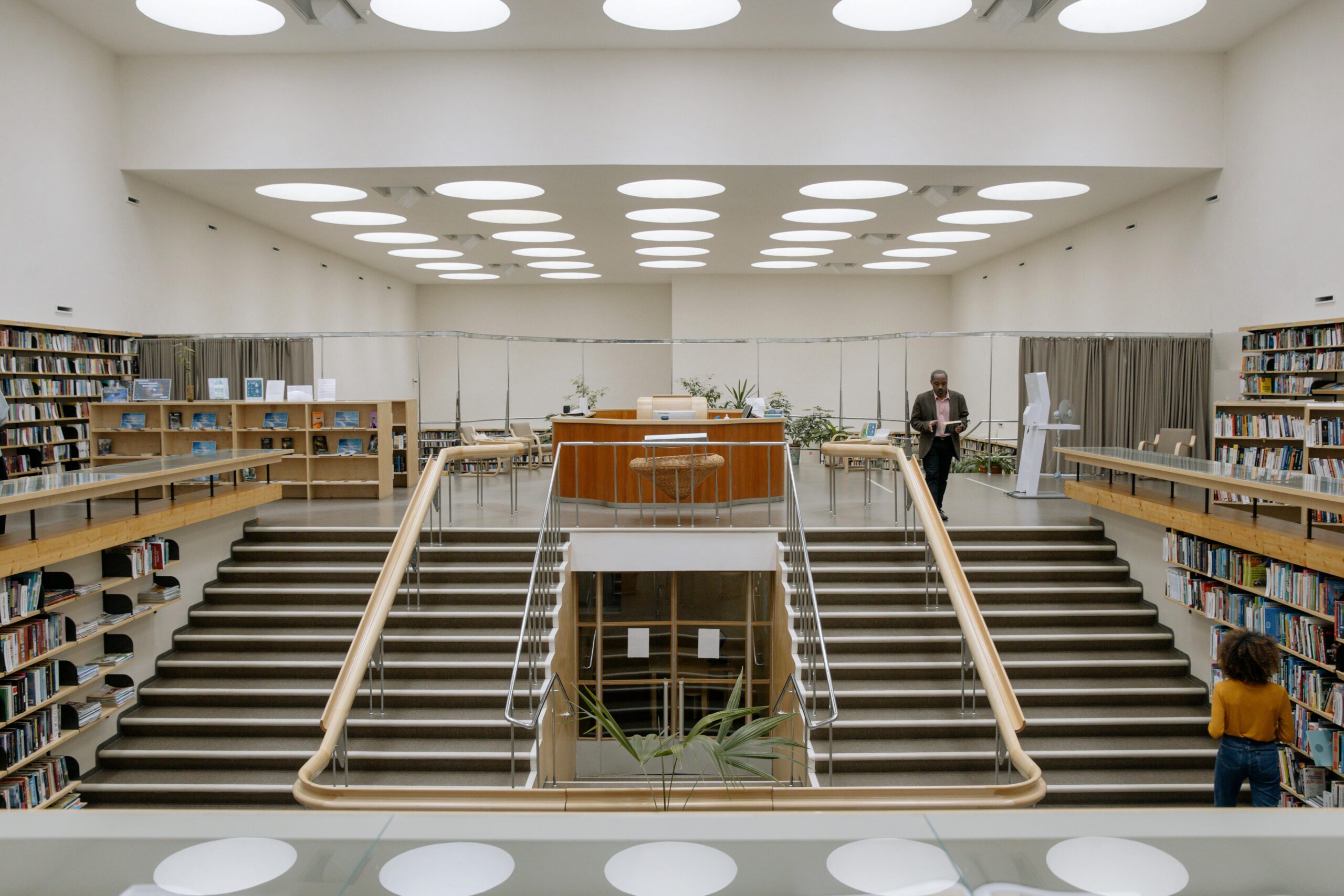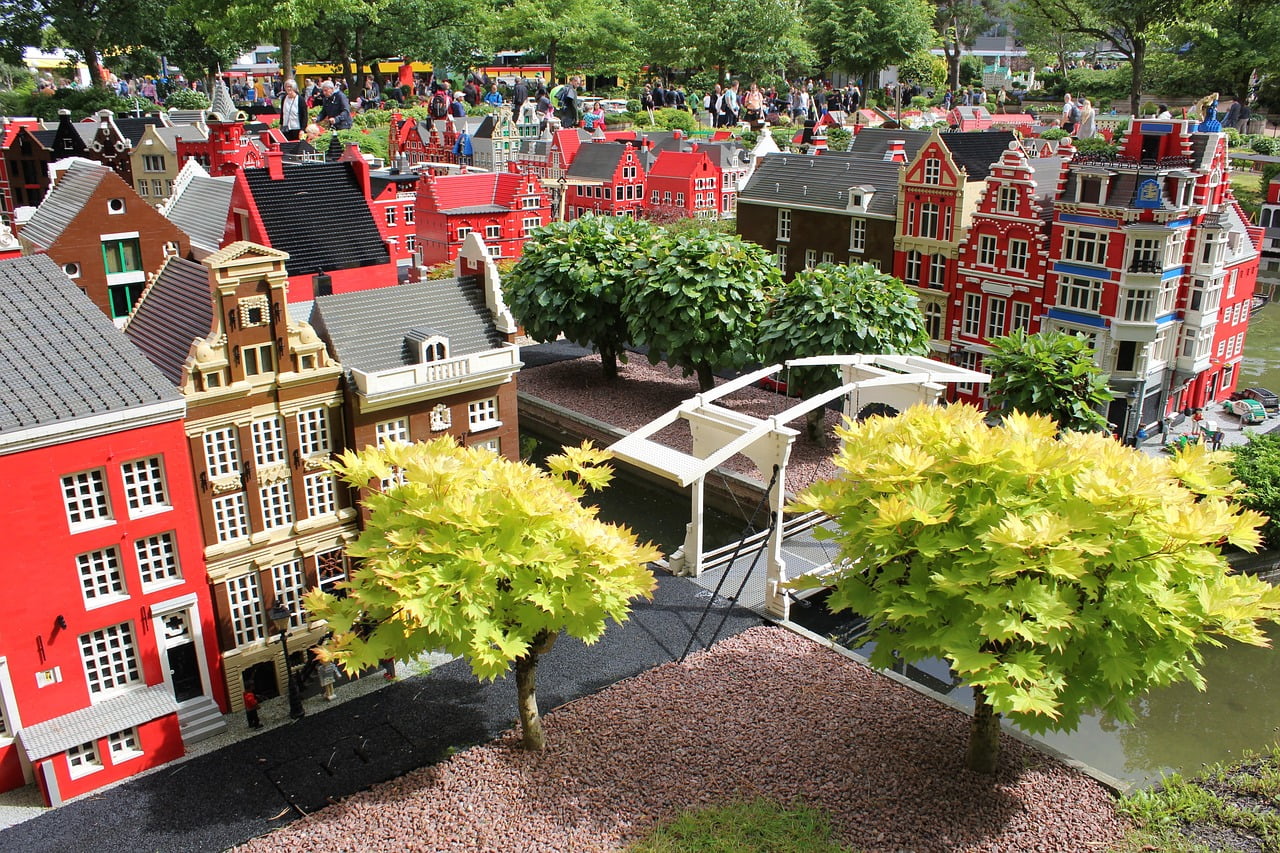Types of Greek Order
Types of Roman Order
- Doric Order
- Ionic Order
- Corinthian Order
- Composite Order
- Tuscan Order

What is the Roman Order, and why did they use orders?
In Roman architecture, orders are a distinct classical architectural style and system of proportions that were used for Roman structures like temples or basilicas. Roman architecture has a total of five classical orders among the three orders. Doric, Ionic, and Corinthian were used by the Greeks; the Romans added the composite and Tuscan orders. Each order had a unique look, and they also differed in size. One of the easiest ways to recognize the type of order is by looking at the capital that is present at the top of the column. All of these orders were frequently used as decorative features, although they were used constructively in the temple’s colonnades. The Romans placed their orders on pedestals to gain greater height.
These orders were employed in combination with arches for the decoration of wall surfaces and were often superimposed. The orders were used for buildings with more than one storey, with different orders for each storey, with a robust order being used on the ground floor and a slender order on the second story. This system of construction added grandeur to the majestic buildings of Rome. (Source: World Architecture by G.K Hiraskar, Page 252)
Introduction of Roman Composite Order
The Composite and Tuscan Orders were introduced by the Romans, increasing the total number of architectural orders to five. Orders were widely utilized as aesthetic embellishments, but they were also used productively in temple colonnades. To achieve more height, the Romans put their orders on pedestals. These orders were frequently stacked and used in numerous combinations to decorate wall surfaces. The orders were employed for multi-story structures, with separate orders for each level, with the robust order on the bottom floor and the slender order on the second. This architectural system provided splendor to Rome’s stately structures. (Source: World Architecture by G.K Hiraskar, Page 252)
The Composite order is an order that comes from classical architecture and was developed by the Romans. This order is so-called because its capital is composed of the Ionic and Corinthian order.
In many versions of composite order, volutes are larger and generally ornamented, placed centrally between the volutes. The columns were 10 diameter high, and as with all the other orders, these details can be adjusted by the other architects depending on the buildings they are using. The composite order is treated essentially as a Corinthian order except for the capital, with no consistent differences above or below the capital.
It was not found in ancient Greek architecture, and the Renaissance was not ranked as a separate order. It was instead seen as an imperial Roman variant of the Corinthian order. Though the Arch of Titus, erected in the Roman forum in 82 AD, is sometimes recognized as the first famous surviving example of a composite order. [1] This order was also used in triumphal arches.
The Roman Composite Order
(i) Column:- It is 10 in diameter and similar to the Ionic or Corinthian Order in treatment. It has an attic base, i.e., it consists of a square block and upper and lower torus mouldings separated by scotia and fillets.
The circular shaft has 24 flutes separated by fillets.
The capital is a combination of the volutes of the Ionic capital and the acanthus leaves of the Corinthian capital. The capital has two rows, each of eight acanthus leaves. The upper part contains four volutes that support the corners of the abacus.
(ii) Entablature: The architrave, which is ¾ diameter high, is divided into two fascia’s separated by small mouldings.
The frieze, which is also ¾ in diameter, is richly ornamented with a continuous band of sculptures.
The cornice, which is one diameter high, is supported by dentils. The corona is enriched with mouldings.
The Composite Order is a fine blending of the Ionic and Corinthian Orders with an exceedingly rich and decorative treatment. (Source: World Architecture by G.K Hiraskar, Page 259- 261)
Features of Roman Composite Orders
The Composite order incorporates the following features:
Capital: The capital (top part of the column) of the Composite order combines the volutes (scroll-like ornaments) of the Ionic capital with the acanthus leaves of the Corinthian capital. It often features volutes at the corners and acanthus leaves in the center.
Shaft: The column shaft is typically fluted, which means it has a series of vertical grooves or channels running the length of the column. The fluting is a common feature in most classical columns.
Base: The base of a Composite column is often similar to the base of the Ionic order, which may include a round torus and a square plinth.
Proportioning of Roman Classical Orders
Vitruvius, the Augustan architect, gave the proportioning of the Doric, Ionic, and Corinthian Orders but not for the composite Order, which was not evolved until the 1st century A.D.
The proportions of five orders were studied in the Renaissance period by well-known architects like Palladio, Vignola, and Sir William Chambers. These architects worked out the system of measurements of the orders in terms of the lower diameter of the column. (Source: World Architecture by G.K Hiraskar, Page 253)
The following table shows the proportions of the Roman Orders.
| Name of Roman Order | Height of column in terms of lower Dia. | Height of Entablature in Terms of lower Dia. |
| Doric | 8 | 2 |
| Ionic | 9 | 2 whole 1/4 |
| Corinthian | 10 | 2 whole 1/2 |
| Composite | 10 | 2 whole 1/2 |
| Tuscan | 7 | 2 whole 1/3 |
Examples of Composite Orders
Roman
- Arch of Titus, Rome
- Arch of Septimius Severus, Rome
- Santa Costanza, Rome, interior, mid-4th century
Modern
- Ospedale degli Innocenti, Florence
- Palazzo Valmarana, Vicenza
- Palazzo del Capitaniato, Vicenza
- Lescot Wing, Louvre Palace, Paris
- Church of the Gesù, Rome [1]











